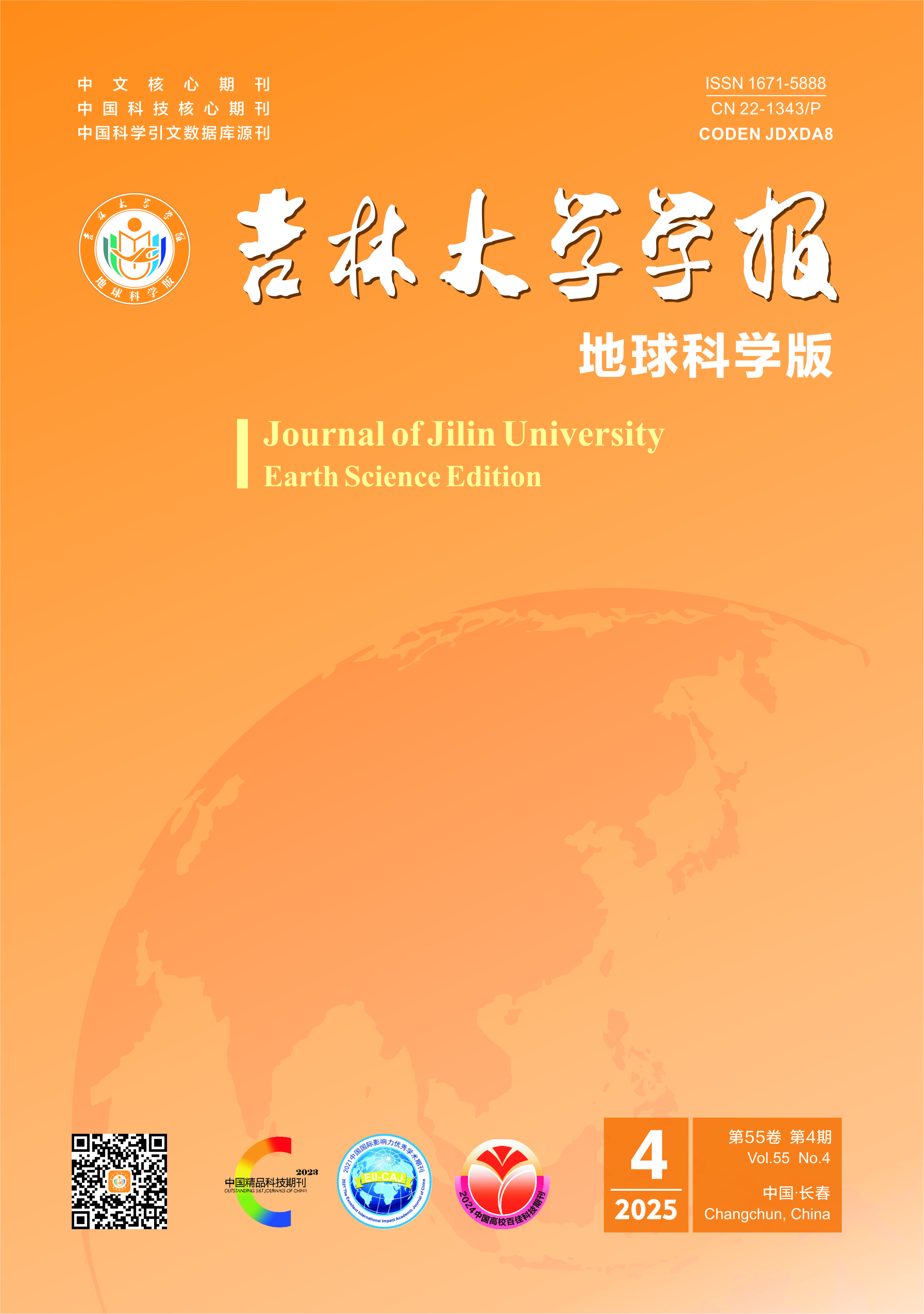As critical strategic mineral resources, dispersed metals play an irreplaceable role in national economic development, security, and technological innovation. They serve as fundamental supports in cutting-edge fields such as high-tech industries, precision manufacturing, clean energy, and next-generation information technology. Constrained by their geochemical properties, these elements typically occur in a highly dispersed state in nature, seldom forming independent minerals and instead mainly existing as associated components hosted in major metal minerals. Within Pb-Zn deposit systems, sphalerite is widely recognized as a key host mineral for critical dispersed elements such as gallium (Ga), germanium (Ge), cadmium (Cd), and indium (In). This paper systematically reviews recent research advances on the enrichment patterns of dispersed elements in Pb-Zn deposits, with a focus on elucidating their occurrence states and enrichment mechanisms. Studies indicate that elements such as Ga, Ge, Cd, and in primarily occur in an isomorphous form within the crystal lattice of sulfide minerals like sphalerite, while independent minerals are extremely rare and generally negligible in abundance. Specifically, Ga, Ge, and In tend to couple with ions such as Cu+, Ag+, and Fe2+ to jointly replace Zn2+ in sphalerite, whereas Cd, due to its geochemical similarity to Zn, can directly substitute for Zn2+ in the crystal lattice. Consequently, sphalerite becomes the most significant host for these dispersed elements. It is noteworthy that elevated iron content in sphalerite significantly inhibits the isomorphic substitution of Cd, demonstrating the strong influence of crystallochemical conditions on its enrichment behavior. Additionally, Ge can occur isomorphously in silicate minerals such as quartz. From a regional metallogenic perspective, the concentrations of dispersed elements vary considerably among different genetic types of Pb-Zn deposits. Even within deposits of similar geological settings, their spatial distribution often exhibits pronounced heterogeneity. In terms of enrichment environments, Ga, Ge, and Cd are more readily enriched in low-temperature hydrothermal Pb-Zn deposits, whereas In is predominantly concentrated in intermediate- to high-temperature magmatic-hydrothermal systems or tin-bearing polymetallic Pb-Zn deposits. In terms of research methodology, modern microanalytical techniques, particularly electron probe microanalysis (EPMA) and laser ablation-inductively coupled plasma-mass spectrometry (LA-ICP-MS), have played a pivotal role. With their high spatial resolution and in-situ analytical capabilities, these techniques enable precise characterization of the occurrence and spatial distribution of dispersed elements in minerals at the nanoscale, thereby providing indispensable technical support for understanding their geochemical behavior and enrichment mechanisms. Future research should focus on key scientific issues such as identifying the material sources of dispersed elements, understanding their migration forms in ore-forming fluids, clarifying precipitation mechanisms, and deciphering their coupling relationships with the mineralization processes of major metals. Such efforts will deepen the understanding of the super-enrichment mechanisms of dispersed elements and provide theoretical guidance for integrated exploration and efficient utilization.

 Shale Oil Enrichment Conditions and Favorable Exploration Targets in Jurassic Da’anzhai Member in Sichuan Basin——Xiao Zhenglu, Li Yong, Lu Jungang, Qin Chunyu, Liu Zhanghao, Zhou Xiang, Jiang Qijun, Zhou Yixin
Shale Oil Enrichment Conditions and Favorable Exploration Targets in Jurassic Da’anzhai Member in Sichuan Basin——Xiao Zhenglu, Li Yong, Lu Jungang, Qin Chunyu, Liu Zhanghao, Zhou Xiang, Jiang Qijun, Zhou Yixin

 3D Electrical Resistivity Tomography for Restricted Observation Sites——Liu Jie, Liu Haifei, Li Xing, Zhao Yingjie, Zhang Yuhao, Li Xiaoqiang, Liu Jianxin
3D Electrical Resistivity Tomography for Restricted Observation Sites——Liu Jie, Liu Haifei, Li Xing, Zhao Yingjie, Zhang Yuhao, Li Xiaoqiang, Liu Jianxin
 Sequence Stratigraphic Analysis and Sedimentary Law Research in Low Exploration Area: Take the Jurassic in Wudun Depression as an Example——Yin Wen
Sequence Stratigraphic Analysis and Sedimentary Law Research in Low Exploration Area: Take the Jurassic in Wudun Depression as an Example——Yin Wen
 Creep Long-Term Strength of Marble Under Coupling Effect of Hydration Freezing-Thaw——Zhao Yue, Niu Xinyu, Qi Xiaolei, Hua Yuhan
Creep Long-Term Strength of Marble Under Coupling Effect of Hydration Freezing-Thaw——Zhao Yue, Niu Xinyu, Qi Xiaolei, Hua Yuhan
 Big Data Mining and Fusion Towards Resources Evaluation of Polymetallic Nodules——Li Weilu, Gao Siyu, Yang Jinkun, Han Chunhua, Wei Guanghao, Kong Min
Big Data Mining and Fusion Towards Resources Evaluation of Polymetallic Nodules——Li Weilu, Gao Siyu, Yang Jinkun, Han Chunhua, Wei Guanghao, Kong Min

 Guide to Authors
Guide to Authors


